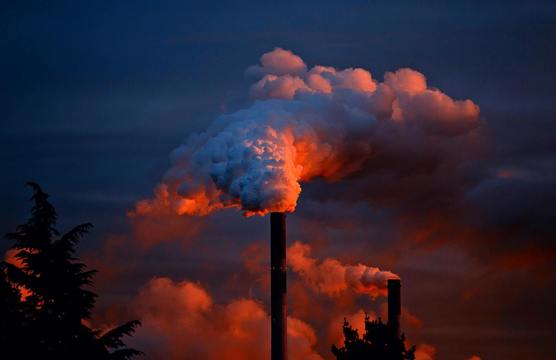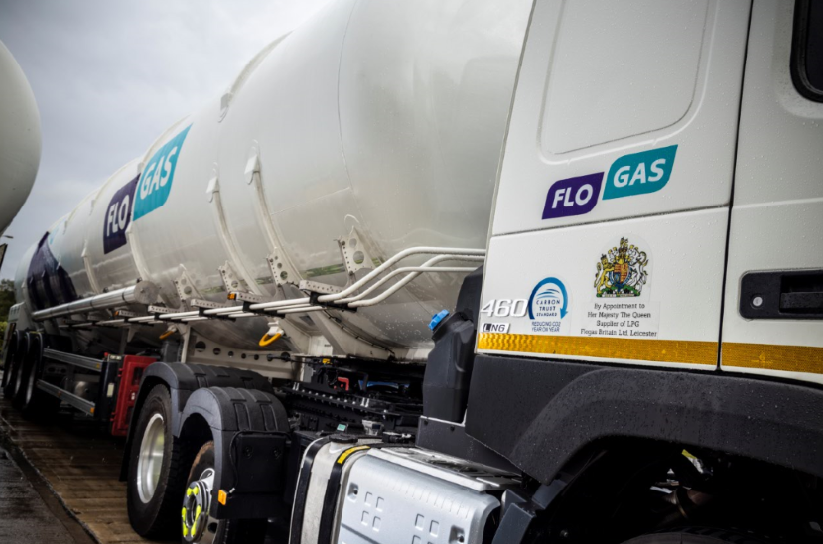Sustainability
How can manufacturers reduce their carbon footprint?
24/02/2020
The threat from climate change has never been more prevalent. Despite the international effort from 200 countries (set out in the Paris Agreement) to cut greenhouse gas emissions and limit global warming to “well below” 2°C above pre-industrial times – there’s still a long way to go. In fact, a recent report from the UN’s Intergovernmental Panel on Climate Change (IPCC) suggests that reaching the desired target of a 1.5 ˚C increase will require drastic and immediate action. It’s this urgency that has sparked government-driven carbon reduction policies across the globe, and for the UK, the legally-binding target is ambitious – bringing all greenhouse gas emissions to ‘net zero’ by 2050.
But as stricter carbon reduction targets like this come into force, what does this mean for more energy intensive industries like manufacturing? As it stands, UK manufacturing plays a vital role in the growth of the global economy, contributing a huge £6.7 trillion. In fact, it’s on track to break into the top five largest industrial nations by 2021. Whilst this may be promising for UK prosperity, the flip-side is that manufacturing is also a key contributor to current carbon emission levels, so the need for greener ways of working has never been greater.

The government’s Clean Growth Strategy aims to tackle this, providing a solid policy framework that will see the UK continue to boost economic growth whilst simultaneously reducing emissions. A fundamental part of the strategy is focused around energy, and the need to transition away from higher carbon fossil fuels to cleaner, greener energy sources.
Leading energy expert Flogas Britain looks at how manufacturers can meet impending targets by reducing emissions at their source, but also looks at the growing popularity of carbon offsetting, and how that can support both industry and the environment.

Restoring the balance
Whilst a certain level of carbon emissions will always be unavoidable during manufacturing, there are other ways for companies to take accountability for their carbon footprint. Through an internationally recognised process called ‘carbon offsetting’, businesses can start their carbon savings immediately – all whilst supporting worthy sustainability projects that deliver quantifiable greenhouse gas reductions.
Manufacturers simply purchase carbon credits based on their energy consumption, and these are then used to offset unavoidable emissions created during their day-to-day operations. Each carbon credit supports an environmental project by capturing or reducing one equivalent tonne of CO2e that otherwise would not be captured.
At Flogas, for example, we offer customers the chance to offset 100% of their carbon impact from using gas – and this is a particularly popular option for those running manufacturing processes. As well as mitigating their emissions and supporting worthwhile conservation and renewable energy projects, they use it as a positive marketing message to their own customers, helping them stand out from the competition.

Whilst carbon offsetting schemes will vary, businesses should always ensure projects comply with either the Verified Carbon Standard (VCS) or Gold Standard (GS), which are approved under the ICROA Code of Best Practice (International Carbon Reduction and Offset Alliance).

Carbon reduction at its core
Although carbon offsetting presents an immediate and valuable solution, reducing energy usage as its core is the key to driving down carbon. For manufacturing companies this means assessing the efficiency of their current fuel supply, particularly for those based off the national gas grid who are still relying on oil. By switching to a cleaner energy source, manufacturers can not only go a long way to reducing their emissions, but it can also pay dividends when it comes to reducing energy costs. Luckily, there are several alternatives available now that can help put rural manufacturing businesses on the path towards a greener future.
- One fuel source that is making waves within industry is LPG (liquefied petroleum gas). LPG emits 33% less CO2 than coal and 15% less than heating oil, with virtually no black carbon (a major contributor to climate change). What’s more, it doesn’t pose a risk to soil or groundwater and contains low levels of nitrogen oxides (NOx) and Particulate Matter (PM). The result for manufacturing companies? A lower carbon footprint and a cleaner, more futureproof supply.

- As one of the world’s fastest growing gas supply sources, LNG is quickly becoming the go-to for manufacturers looking to lower their carbon footprint. As well being extremely efficient, it takes up around 600 times less space than natural gas and is lighter than water – making it much more efficient to transport and store. It’s also the cleanest burning off-grid fossil fuel, releasing significantly less carbon and few pollutant emissions, including NOx (nitrogen oxides), Sox (sulphur oxides) and PM (particulate matter).

- Bio-LNG: Bio-LNG is a highly sustainable version of LNG with almost the exact same chemical makeup. Highly efficient, it’s created during the anaerobic digestion (AD) process, which breaks down organic matter (such as food, sewage sludge or animal waste) to produce methane-rich biogas. This makes Bio-LNG a renewable energy source, and one that produces negligible pollutants and far fewer carbon emissions than other off-grid fuels.
Efficiency measures
Whilst having the right fuel source is a crucial part of reducing your businesses’ carbon footprint, there are a host of other efficiency measures that can minimise your impact. For example, encouraging or incentivising employees to work from home can help reduce transport emissions, whilst having the right control systems in place can ensure that fuel and energy consumption is kept to a minimum.
Other top tips to enhance efficiency include investing in smart technology, scaling back on business waste, installing effective insulation, regular system maintenance and more. Those that employ these measures are best placed to meet increasingly strict carbon and pollutant reduction targets. They can also benefit from enhanced operational efficiencies and reduced costs in the process.